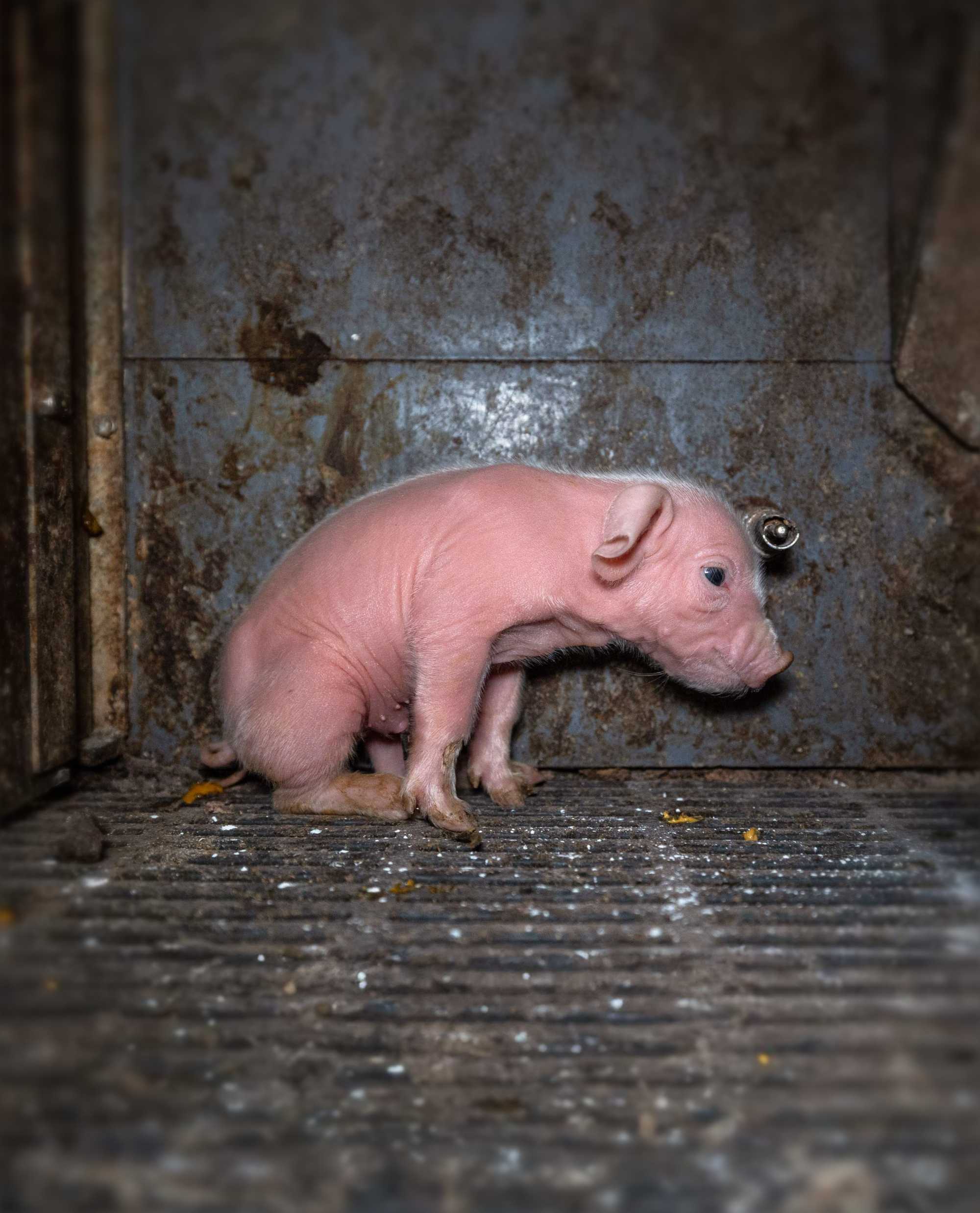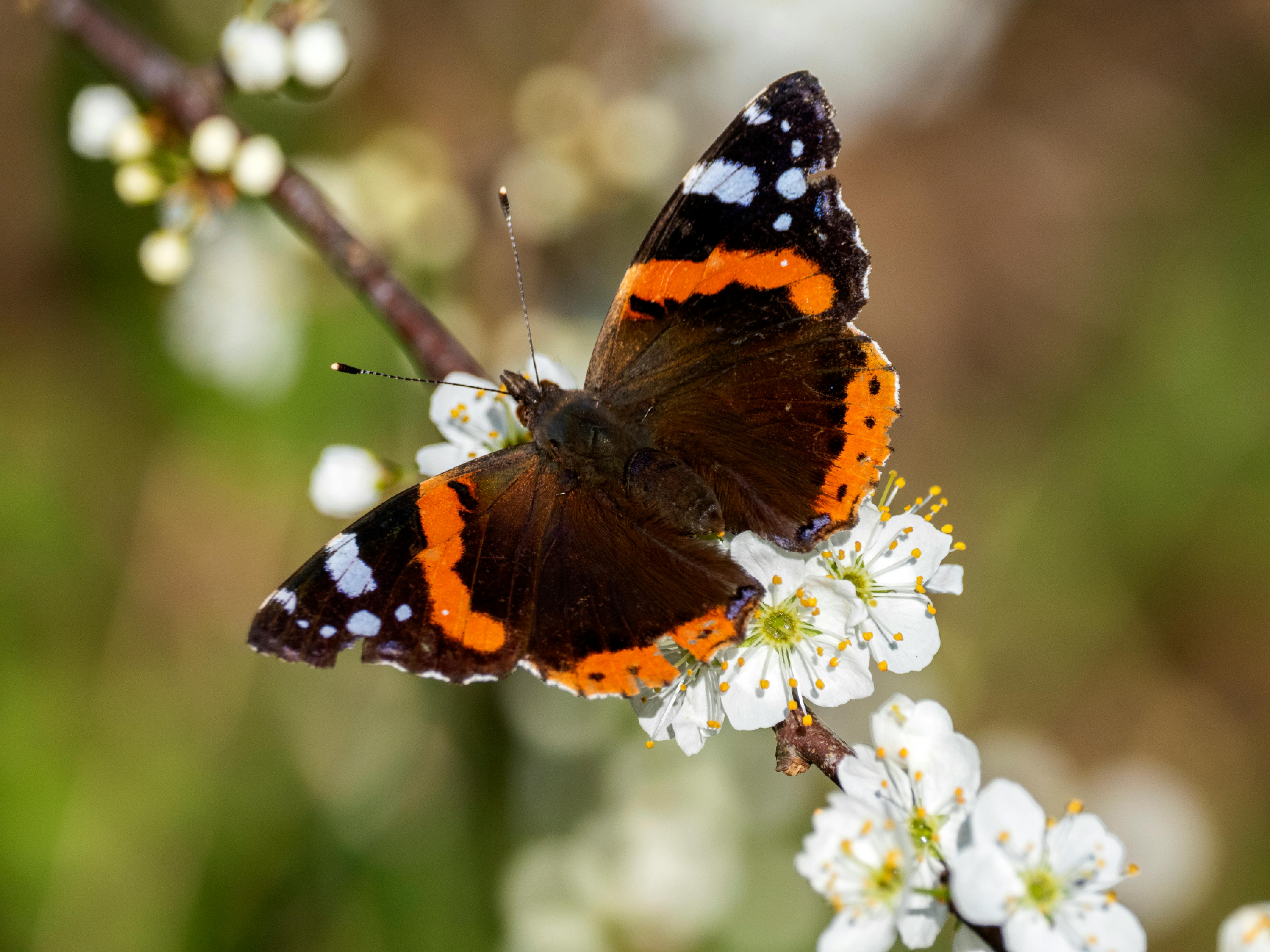Apply Now
Essential Guide to Fish Tank Kits for Modern Aquarists
Creating a vibrant aquatic environment can be an exciting journey, particularly for those new to the aquarium hobby. This comprehensive guide focuses on fish tank kits, providing essential insights into selecting the right aquarium starter kit for beginners. With a plethora of options available in the market, understanding the key components and accessories that make up a complete fish tank setup is crucial for creating a healthy habitat for aquatic pets.
The benefits of setting up your own fish tank are abundant: from observing the tranquil beauty of fish to educating children about aquatic life, aquariums can transform any home or office space. By the end of this article, you'll not only have a clearer idea about what fish tank kits entail, but also the nuances of aquarium maintenance and the importance of creating a suitable environment for your fish.
We'll journey through various topics related to fish tank kits including essential features, common accessories, and step-by-step setup guides. Expect to learn about fish tank maintenance, safety tips, and expert recommendations geared towards ensuring your success as a modern aquarist.
Choosing the Right Fish Tank Kits for Beginners
When selecting a fish tank kit, several factors come into play that cater specifically to the needs of beginners. Understanding these factors can greatly enhance your chances of successfully setting up and maintaining your aquarium.
Evaluating Different Types of Fish Tank Kits
There are numerous types of fish tank kits available, each offering unique features and limitations. Common types include all-in-one starter kits, traditional tanks requiring additional equipment, and specialized kits for specific kinds of aquatic pets. Starter kits often include essential items such as LED aquarium lights, filters, and heaters, making them ideal for beginners looking to simplify their setup process.
Determining the Best Fish Tank Size
Size plays a crucial role in the health of your aquatic friends. Larger tanks generally provide a more stable environment and can accommodate a wider array of fish species. For beginners, it's often recommended to start with a tank size of at least 20 gallons to prevent fluctuating water conditions that can occur in smaller setups. Additionally, understanding fish tank size recommendations can help you avoid common pitfalls.
Understanding Aquarium Setup Essentials
Setting up your tank involves more than merely filling it with water; it's about creating an environment where fish can thrive. This includes adding appropriate fish tank substrates, utilizing aquarium decorations, and arranging aquatic plants effectively. Each component enhances the aesthetic appeal and ecological stability of your aquarium, making it vital to choose items that complement one another.
Key Fish Tank Accessories for Beginners
Fish tank accessories play a significant role in maintaining the health and wellbeing of your aquatics. Common accessories include filters, heaters to regulate ideal fish tank temperatures, aquarium air pumps for oxygenation, and cleaning tools. Familiarizing yourself with these accessories will ensure that your setup is both functional and visually appealing.
Setting Up Your Aquarium: A Step-by-Step Approach
With a suitable fish tank kit and essential accessories selected, it's time to set up your aquarium. This section outlines the process step-by-step, ensuring a smooth transition from an empty tank to a bustling aquatic environment.
Preparing Your Fish Tank Setup
Before introducing any fish or plants, it’s essential to clean the tank and gather necessary equipment. Rinse the tank with water to remove dust and manufacturing residues. After it's cleaned, install the filter, heater, and any other equipment following manufacturer’s guidelines to prevent malfunctions.
Adding Substrates and Decorations
Next, you will add fish tank substrates, which provide a foundation for plants and act as filtration media. When choosing substrates, consider the needs of your fish and plants. Layer decorations and aquatic plants creatively to create hiding spots and open spaces for swimming, simulating a natural aquatic environment.
Filling and Cycling Your Tank
Once decorated, it's time to fill your tank with water and prepare for cycling. Cycling establishes beneficial bacteria that convert toxic ammonia and nitrites into harmless nitrates, crucial for long-term fish health. You can learn techniques for cycling an aquarium effectively to provide a stable environment for your future aquatic pets.
Testing Water Chemistry
It’s essential to test your water chemistry using aquarium water test kits. Monitoring parameters such as pH, ammonia, nitrite, and nitrate levels will help you understand the health of your tank. Adapting these levels prior to introducing fish is critical for their safety and well-being.
Mastering Fish Tank Maintenance and Care
Once your aquarium is set up, regular maintenance is vital for sustaining the aquatic ecosystem. In this section, we will explore effective fish tank maintenance strategies that ensure your fish thrive.
Establishing a Routine Maintenance Schedule
Regular maintenance includes tasks such as water changes, filter replacement, and cleaning decorations. Following an aquarium maintenance schedule helps to retain optimal water quality and prolong the life of all aquarium components. Aim to change 10-20% of the water weekly or biweekly, depending on tank size.
Essential Tools for Cleaning and Maintenance
Investing in proper cleaning tools is necessary for efficient upkeep. Fish tank cleaning tools may include algae scrubbers, nets, siphon vacuums, and replacement filter media. Each tool serves a critical role in maintaining water clarity and quality.
Monitoring Fish Health and Environment
Regular observations of your fish are essential to detect potential health issues early. Look out for signs of illness, unusual behavior, or physical changes. Maintaining stability in the tank via consistent water levels and quality will greatly enhance their longevity.
Understanding Fish Feeding and Nutritional Needs
Feeding fish appropriately is crucial for their growth and health. Learn about fish feeding schedules and food types suited for your species. Overfeeding can lead to water pollution, so ensuring nutritional balance consistently is key.
Safety Tips for Aspiring Aquarists
Starting as an aquarist comes with responsibilities. This section discusses important safety measures that ensure both the wellbeing of your aquatic pets and the secure handling of equipment.
Managing Equipment and Electrical Safety
Aquarium setups often involve electrical devices, which can pose safety concerns if not handled carefully. Ensure electrical devices such as filters and heaters are properly grounded and protected from water exposure to avoid hazards.
Choosing Fish Species Wisely
When selecting fish, it's crucial to consider species compatibility, tank mates' behavior, and environmental requirements. Utilize resources like fish species compatibility charts to guide your choices, thereby fostering harmonious community tanks.
Keeping the Environment Stress-Free
Aquatic pets can be sensitive to changes in their environment. Engage in practices that stabilize water conditions and limit disturbances. Creating a serene environment reduces stress and promotes healthy behaviors in your fish.
Involving Kids in Aquarium Care
Involving children in aquarium care can be an educational and rewarding experience. Teach them about responsibility, biology, and habitat preservation while ensuring they understand safety measures when handling the tank.
Q&A: Common Aquarium Care Questions Answered
What fish tank size is best for beginners?
A larger tank, preferably 20 gallons or more, is often recommended for beginners. This size provides more stable water conditions and allows for a variety of fish species.
How often should I clean my fish tank?
Regular cleaning is essential; aim to change 10-20% of the water weekly or biweekly while monitoring water parameters for overall health.
What types of plants should I add to my aquarium?
Opt for low-maintenance aquatic plants such as Anubias or Java Fern that thrive in a range of conditions, providing hiding spots for fish.
When do I know my tank is cycled?
Your aquarium is cycled when ammonia and nitrite levels test zero and nitrates are present. This process typically takes 4-6 weeks.
How can I prevent fish diseases?
Maintain ideal water quality, avoid overfeeding, and quarantine new fish before introducing them into the main tank to prevent illness.




